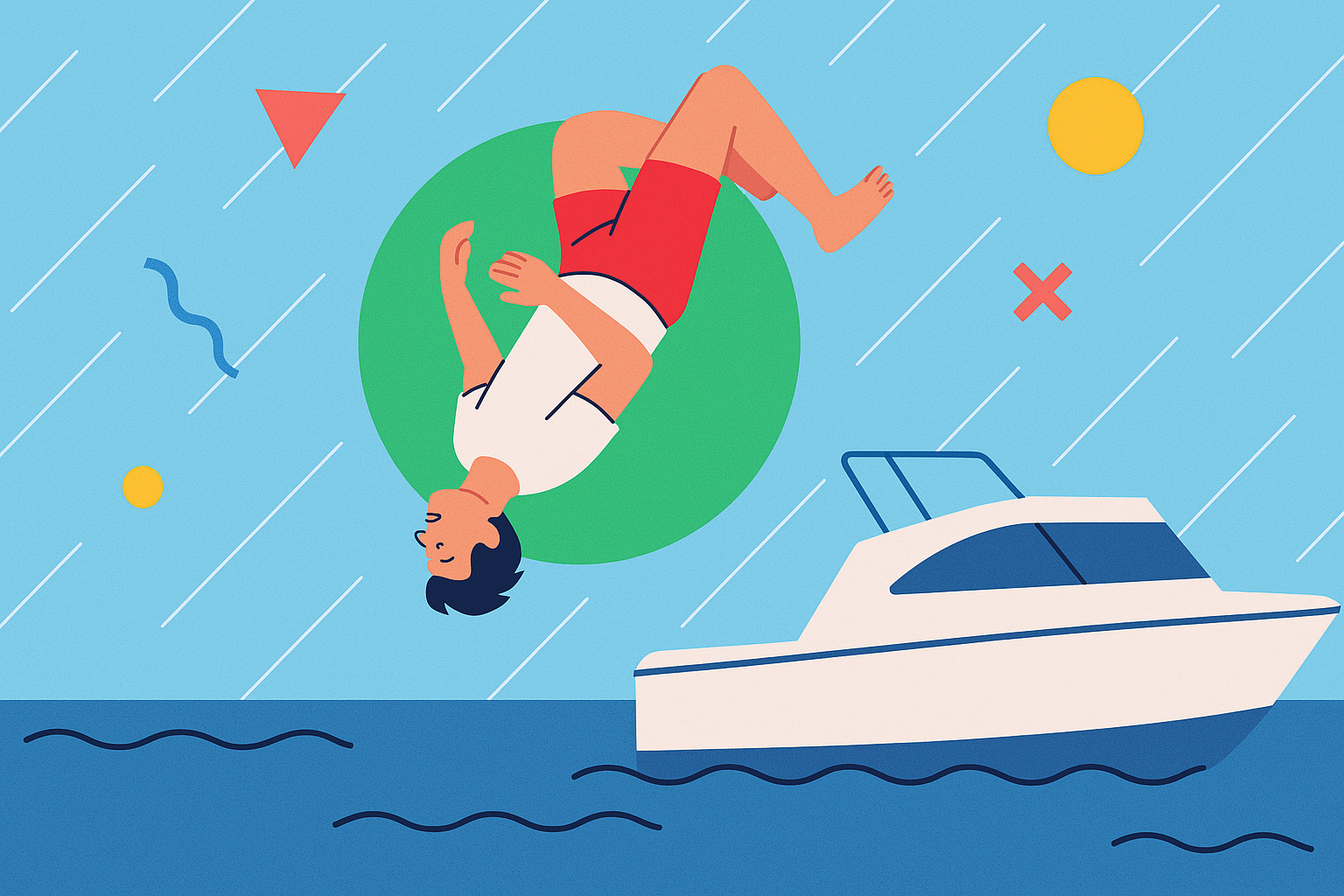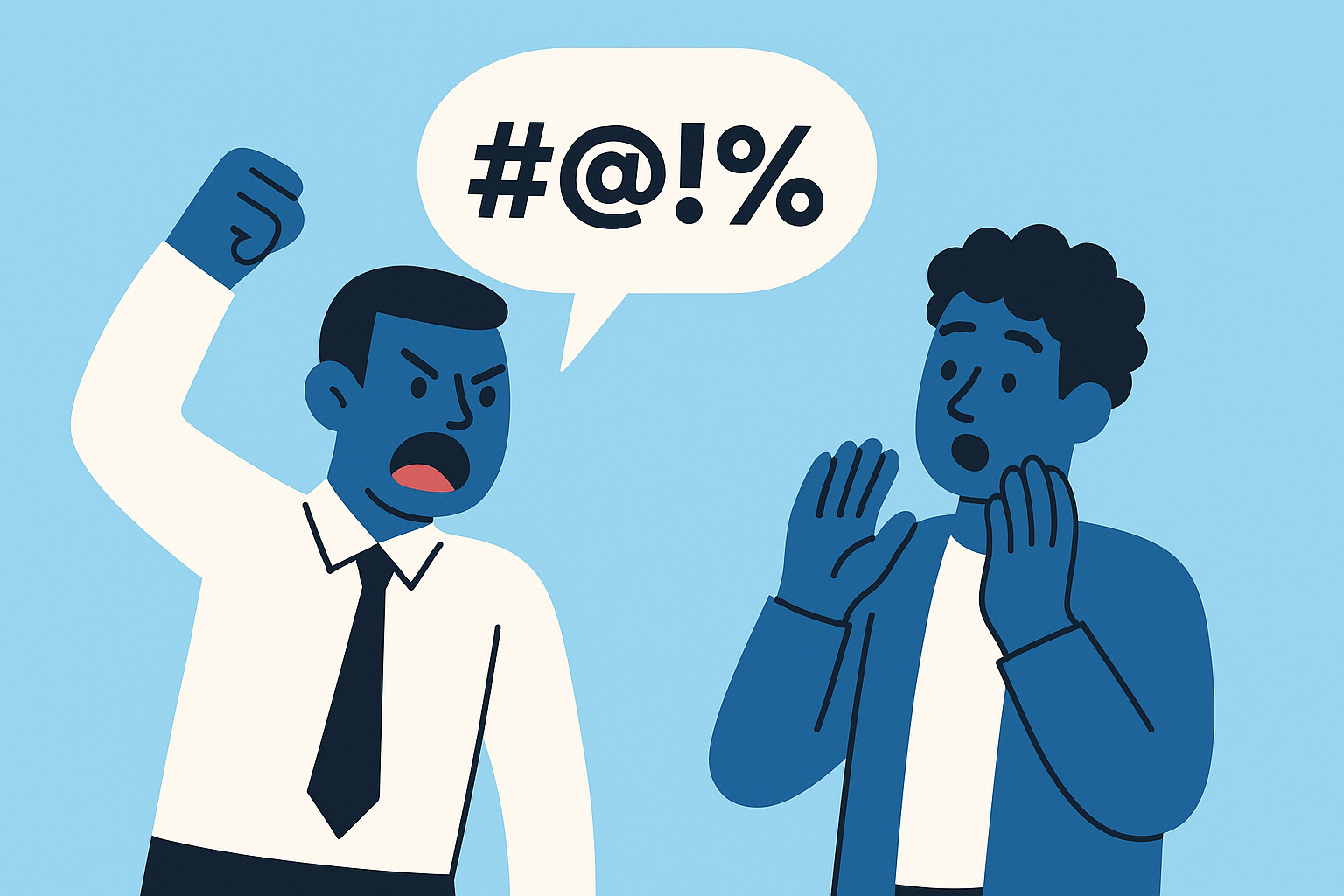There’s something undeniably cinematic about sabering a bottle of champagne. Whether it’s ringing in a new year, celebrating a promotion, or just adding theatrical flair to a Tuesday evening, sabrage (the official term for the technique) is a ritual that blends drama, precision, and history. But here’s the thing most people don’t realize: it’s not just about bravado. It’s about habit. And if you’re a data-driven person who thrives on iteration, feedback, and mastery, sabering wine might just be the oddly perfect habit to cultivate.
In this post, we’ll break down what it really takes to saber a wine bottle with finesse and consistency. We’ll look at the variables you can track, the key principles to internalize, and why building this quirky but sophisticated skill is not only cool but cognitively satisfying.
What is Sabering and Why Should You Care?
Sabering is the act of using a blade (traditionally a sword, but a kitchen knife will do) to cleanly remove the cork and collar of a champagne bottle in one swift strike. It’s a bold, showstopping move rooted in Napoleonic tradition. But unlike a party trick, this action requires nuanced understanding of glass pressure, blade angle, temperature, and timing.
At its core, sabrage is a fusion of science and art. For habit-builders and data nerds, it offers a high-signal feedback loop: either the saber works cleanly, or it doesn’t. Every attempt teaches you something. And with repetition, measurable progress emerges.
The Science Behind the Sparkle
The effectiveness of sabrage hinges on pressure. A champagne bottle holds around 90 psi—three times the pressure of a car tire. This internal pressure helps eject the cork when the collar is struck properly. But success also depends on two controllable variables.
First is temperature. The bottle should be chilled between 38°F and 42°F (3.3°C to 5.5°C). If it’s too warm, the glass may weaken and shatter unpredictably. If it’s too cold, the cork could freeze, making a clean break more difficult. Chill your bottle in the refrigerator for at least three hours, or submerge it in an ice bucket with salt and water for 30 to 40 minutes if you’re in a hurry.
Second is blade selection. While a traditional saber works well, a heavy chef’s knife is the practical choice for most. The key is a blunt, smooth-edged blade with enough mass to deliver even pressure. Serrated knives should be avoided—they introduce turbulence and increase the chance of error.
As for wine, opt for a pressure-rated traditional champagne. Avoid using Prosecco or pétillant naturel wines, which have lower carbonation and are more difficult (and riskier) to saber.
How to Saber a Wine Bottle: A Data-Lover’s Table
| Step | Description |
|---|---|
| 1. Chill the Bottle | Refrigerate the bottle to 38°F–42°F or use an ice bucket with salt for 30–40 minutes. Proper chilling maintains pressure and keeps the glass strong. |
| 2. Remove Foil and Cage | Take off the foil and loosen the wire cage. Do this only when ready to saber—never earlier—as pressure could eject the cork unexpectedly. |
| 3. Locate the Seam | Champagne bottles have two vertical seams. These are weak points in the glass. Choose one as your strike path. |
| 4. Hold at a 45° Angle | Grip the bottle firmly by the base and angle it away from people and breakables. This ensures both safety and effective trajectory of the cork. |
| 5. Align and Glide Blade | Rest your blade flat against the seam and slide it toward the lip. Use smooth, confident strokes without chopping. |
| 6. Strike the Lip | Increase force slightly as the blade meets the bottle’s lip. The pressure and angle should cause the cork and collar to shear off cleanly. |
| 7. Clear and Pour | Let a small amount of wine flow out to clear any glass shards. Then serve and enjoy your successful sabrage. |
Micro-Habit Engineering: How to Build the Skill Over Time
Sabering isn’t something to try once and shelve. To build consistency, treat it like any other habit: with repetition, controlled variables, and data-backed adjustments. Here’s a progression plan that turns sabrage into a learnable ritual:
Start with water bottles to learn angle and velocity without risk. Move to inexpensive sparkling wines before graduating to fine champagne. Track success rate in a spreadsheet. Log blade weight, strike angle, and number of attempts. Refine based on trends.
Use slow-motion video to review form. Watch the follow-through. Was the angle consistent? Did you hit the seam cleanly? Use environmental sensors or apps to record ambient temperature and bottle surface temp.
A surprising number of variables affect success. Here’s another way to look at it:
| Action | Effect |
|---|---|
| Striking along the bottle seam | Maximizes clean fracture due to structural weakness |
| Holding bottle at 45-degree angle | Reduces chance of spillage and increases control |
Over time, your muscle memory will align with your internal database. You’ll know instinctively when a bottle feels ready, and your hand will make micro-adjustments without conscious thought.
Avoid These Common Mistakes
It’s tempting to treat sabrage like a party stunt, but without attention to detail, you risk injury or disappointment. Some mistakes include:
- Using a warm bottle
- Swinging too hard or at the wrong angle
- Failing to remove the foil and cage completely
- Not aligning strike with the seam
Each of these can sabotage your attempt or lead to a dangerous shatter. By approaching the ritual as a measurable skill, not a one-time trick, you avoid these pitfalls through deliberate refinement.
Why Data-Lovers Thrive at Sabering
What makes sabrage so satisfying for those who love tracking progress is the binary feedback and instant results. There’s no ambiguity: either you sabered successfully or you didn’t. You get to experiment with variables, test hypotheses, and iterate with style.
It becomes less about showing off, and more about pushing the envelope of precision and elegance. Like archery or latte art, it becomes a personal metric of flow.
How the 30 Day Habits AI Coach Will Help You Saber Like a Pro
Building a skill like sabrage isn’t about willpower—it’s about systems. That’s where the 30 Day Habits AI Coach shines. From Day 1, the coach will help you create a custom plan based on your current skill level, access to tools, and schedule.
Instead of generic advice, the AI analyzes your progress and predicts your probability of success. Let’s say your form is improving, but you’re not sure about blade angle or follow-through—you’ll get precision tips just when you need them. And unlike static guides, the coach adapts. As your technique evolves, so does the strategy.
You’ll receive daily reminders via SMS or email to help you stay on track. Whether it’s time to practice the wrist flick or test a new blade type, you’ll never be guessing what to do next. The system nudges you gently but consistently, turning a fun ritual into a repeatable habit you can master.
So whether your dream is to wow guests at your next dinner party, or to internalize yet another satisfying data-backed habit, let the AI Coach be your companion. Because sabering champagne isn’t just flair—it’s feedback, precision, and flow, bottled into one sparkling habit.











